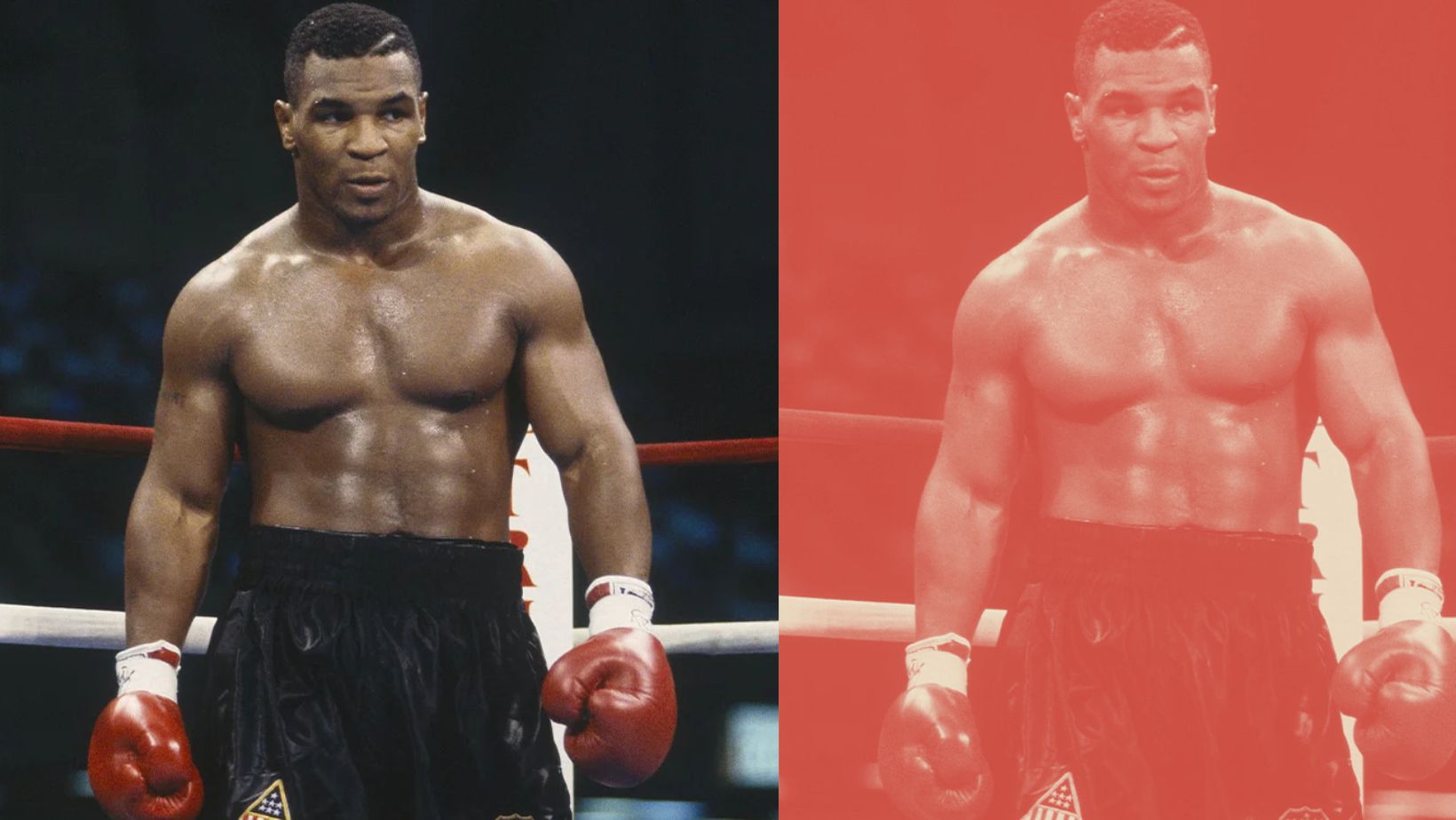In the world of boxing, few names carry as much weight as Mike Tyson. Known for his explosive power and lightning-fast knockouts, Tyson’s physical prowess was the result of an intense training regimen that pushed the boundaries of human endurance.
Even decades after his prime, the details of his workout routine continue to fascinate fitness enthusiasts and aspiring boxers alike.
The Foundations of Iron Mike’s Training
Mike Tyson’s workout routine was notorious for its grueling intensity and high volume. Developed by his trainer Cus D’Amato, the program was designed to build explosive power, speed, and endurance simultaneously.
Tyson would train six days a week, often for up to seven hours a day, pushing his body to its absolute limits.
The routine was built around the principle of progressive overload, constantly challenging Tyson’s body to adapt and grow stronger. It combined traditional boxing drills with strength training and cardiovascular work, creating a holistic approach to athletic development.
This comprehensive method not only honed Tyson’s boxing skills but also sculpted his physique into the formidable form that struck fear into his opponents.
Breaking Down Mike Tyson’s Daily Routine
Tyson’s daily routine was a testament to his dedication and work ethic. He would typically wake up at 4 AM to start his first workout of the day, setting the tone for the intense hours that would follow. Here’s a breakdown of his daily training schedule:
Morning Routine: Building the Engine
1. 5-mile jog: Tyson would begin his day with a 5-mile run, often completed before sunrise. This cardiovascular work helped build his endurance and mental toughness.
2. Calisthenics: Following his run, Tyson would perform an extensive calisthenics routine, including:
– 2000 squats
– 500 tricep extensions
– 500 push-ups
– 500 shrugs with a 30kg barbell
– 500 neck crunches
This high-volume bodyweight workout helped Tyson build functional strength and muscular endurance, crucial for maintaining power throughout a fight.
Afternoon Session: Honing the Craft
After resting and refueling, Tyson would return to the gym for his boxing-specific training:
1. 10 rounds of sparring: These intense sparring sessions helped Tyson refine his technique and build fight-specific endurance.
2. Bag work: Tyson would spend several rounds on the heavy bag, focusing on power and technique.
3. Pad work: Working with his trainer on focus mitts allowed Tyson to improve his accuracy and timing.
4. Speed bag: This classic boxing drill enhanced Tyson’s hand-eye coordination and rhythm.
5. Slip rope: To improve his defensive movements, Tyson would practice ducking and weaving with a slip rope.
Evening Routine: Perfecting the Machine
Even after two intense workouts, Tyson’s day wasn’t over. In the evening, he would focus on additional strength and skill work:
1. More calisthenics: Tyson would perform another round of bodyweight exercises, including:
– 500 bench dips
– 500 push-ups
– 500 shrugs
– 500 neck crunches
2. Bicycle work: To further enhance his cardiovascular fitness, Tyson would ride an exercise bike for 30-60 minutes.
3. Technical drills: Tyson would spend time shadowboxing and working on specific techniques to perfect his form.
The Mental Aspect of Tyson’s Training
While the physical components of Tyson’s routine were undoubtedly intense, the mental aspect of his training was equally crucial. Cus D’Amato placed great emphasis on psychological preparation, incorporating visualization techniques and philosophical discussions into Tyson’s daily routine.
Tyson would spend time each day studying fight films of great boxers, analyzing their movements and strategies. He also practiced meditation and visualization, mentally rehearsing fights and imagining himself overcoming various challenges in the ring. This holistic approach to training helped forge the unshakeable confidence that became a hallmark of Tyson’s fighting style.
Mike Tyson’s workout routine was more than just a series of exercises; it was a comprehensive system designed to create the ultimate fighting machine. While the sheer volume and intensity of his training would be unsustainable for most, the principles behind it – consistency, progressive overload, and mental preparation – remain valuable for anyone looking to improve their physical fitness or athletic performance.
It’s important to note that Tyson’s routine was tailored specifically for him and his unique physiology.
Anyone considering adopting elements of this routine should do so cautiously and under professional guidance. The legacy of Iron Mike’s training, however, continues to inspire and challenge athletes across various disciplines, serving as a testament to what the human body can achieve when pushed to its limits.
